Groundbreaking Aerial Assistance in Firefighting
Wildfires in North America are intensifying, exacerbated by climate change. In response, Carnegie Mellon University (CMU) is innovating with low-flying drones designed to provide Firefighters with up-to-date maps and escape routes, potentially transforming how wildfires are managed, reports TechCrunch.
The Limitations of Current Drone Technology
For over a decade, drones have been instrumental in combating wildfires. The Fire Apparatus Manufacturers’ Association expects their numbers to soar to 30,000 by next year. However, these high-altitude, military-grade drones struggle with visibility issues due to their inability to penetrate smoke layers above the forest canopy.
Andrew Jong, a PhD student at CMU, highlights the current challenges: “They can’t fly low because they can’t see through smoke. We want to fly just above the trees or even below the canopy.”
This new approach aims to revolutionize the effectiveness of aerial surveillance in these critical situations.
Innovating Through Adversity
CMU’s Robotics Institute researchers are leveraging technology from their DARPA Subterranean Challenge experience, which focused on underground navigation for mine rescues, to enhance Wildfire response strategies. Their drones are equipped with pathfinding technology that helps chart optimal paths through obstructed views, swiftly creating a 3D “digital twin” of the affected areas.
Josh Wilkins, a retired firefighter working with CMU on this initiative, underscores the dire need for timely information. He recalls, “I helped bury too many folks who died for lack of actionable information,” lamenting the often outdated data given to firefighters. This new technology promises to deliver current data, drastically reducing risks to those on the front lines.
Overcoming Skepticism in the Fire Service
Despite the potential benefits, there is noticeable hesitation within the firefighting community regarding new technologies. Wilkins, a second-generation firefighter, acknowledges this resistance but remains optimistic about the drones’ potential acceptance.
“There’s always resistance, particularly in the fire service,” he says. “But once we show them the safety factors that have been designed into these systems and the good data that we can collect with the drones, I think we’ll win them over.”
A Future of Safer Firefighting with Drones
As CMU continues to develop these advanced drones, the goal is clear: to provide firefighters with the tools they need for safer and more effective wildfire management. This project not only aims to safeguard lives but also to preserve property and nature, making a compelling case for embracing innovative solutions in the face of escalating wildfire threats.
Photo courtesy of CMU.
Discover more from DroneXL.co
Subscribe to get the latest posts to your email.
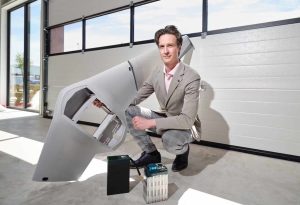


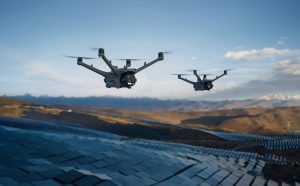
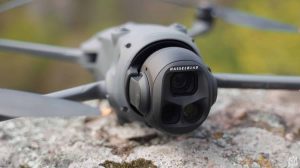


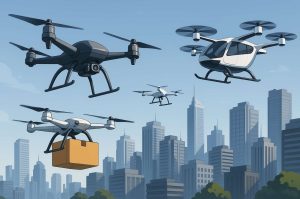
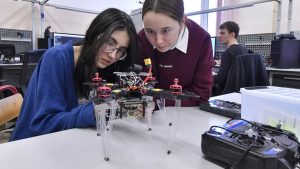
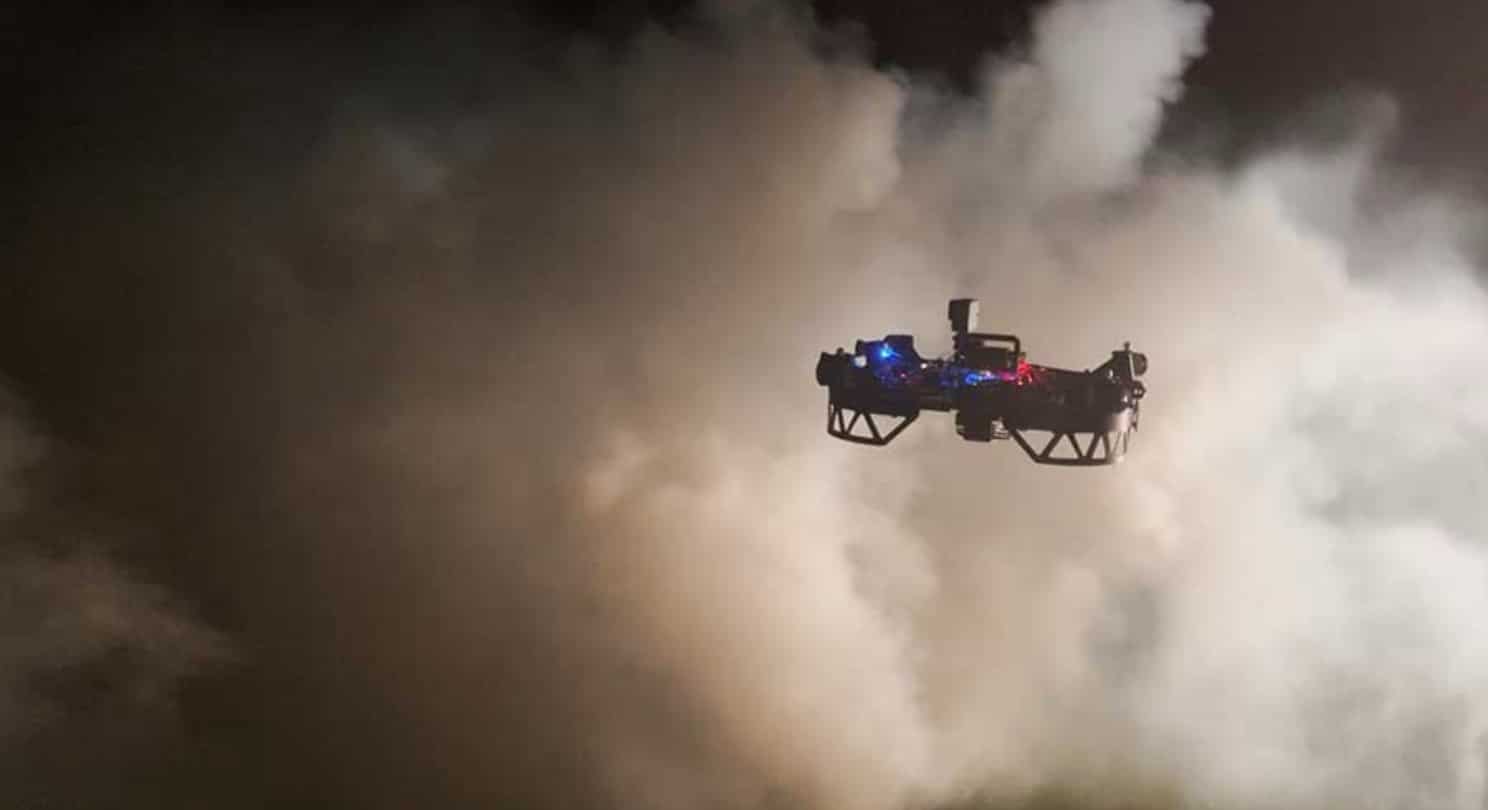
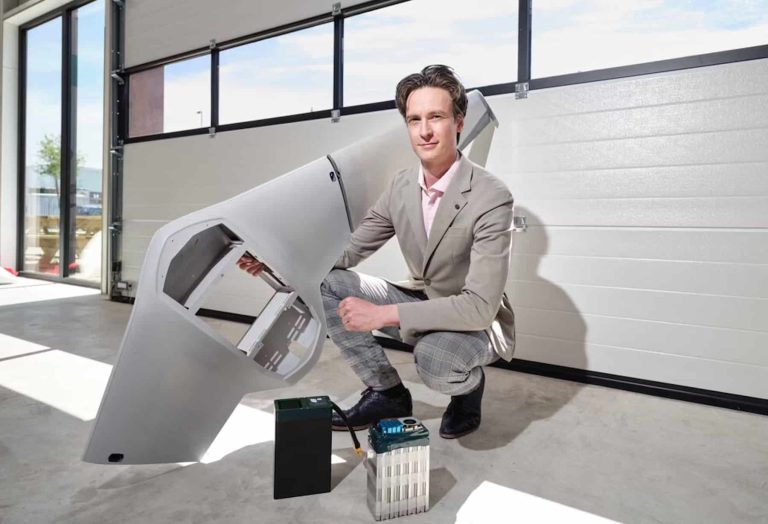
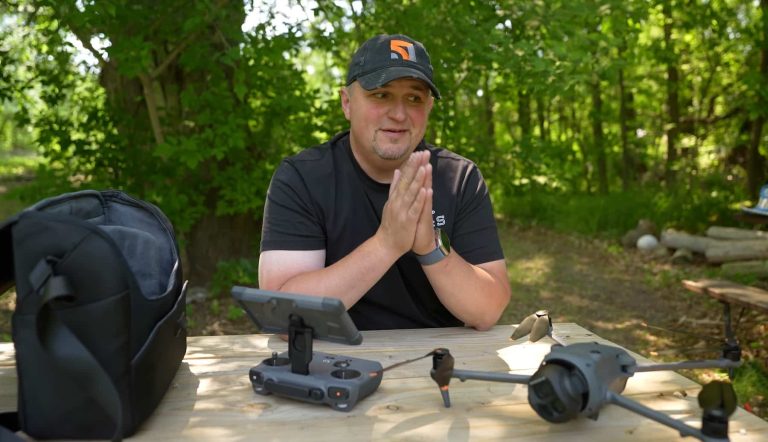

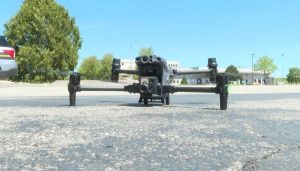

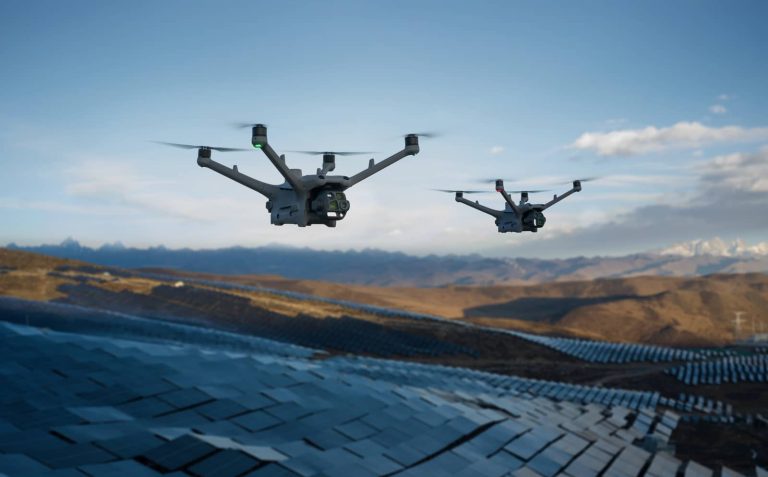
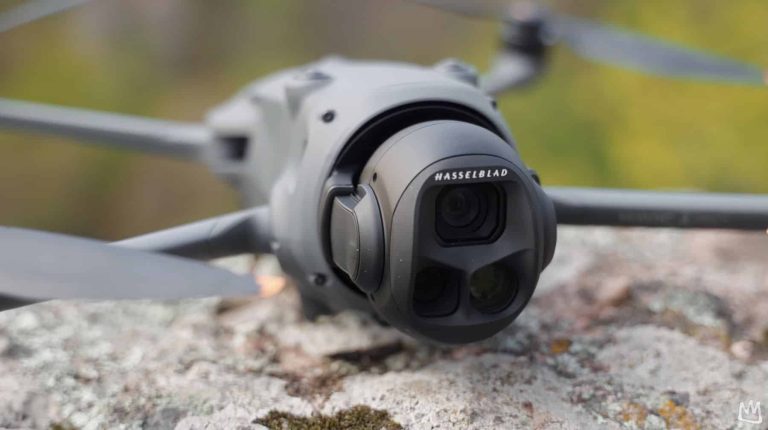

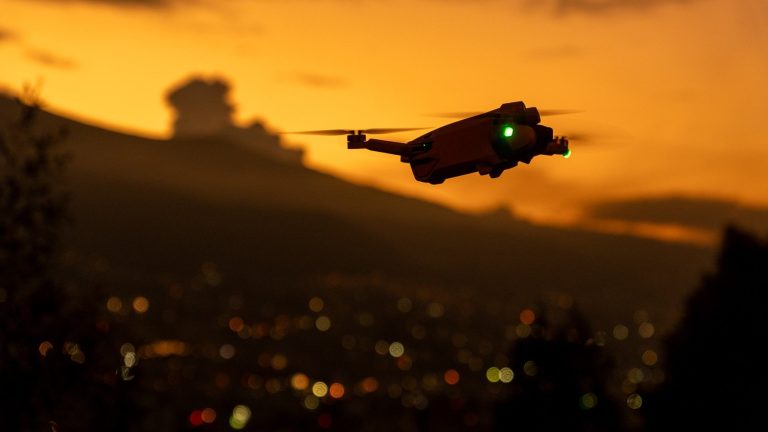

+ There are no comments
Add yours